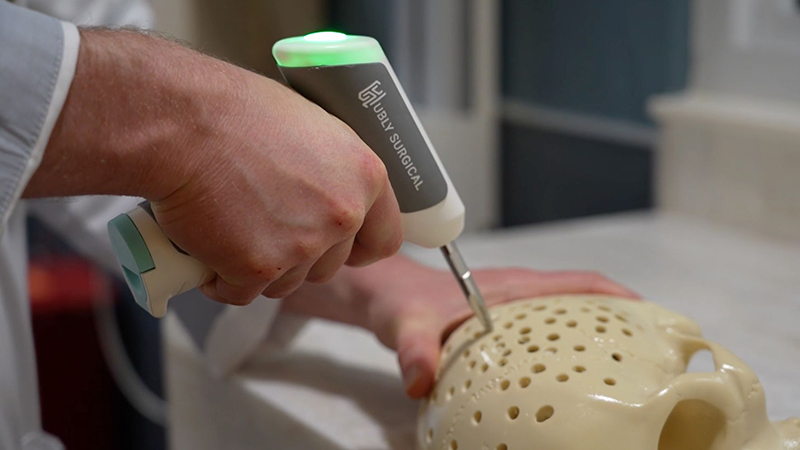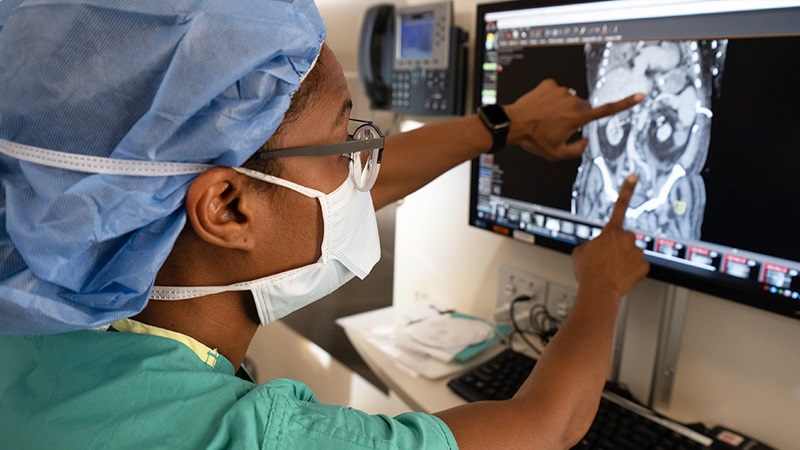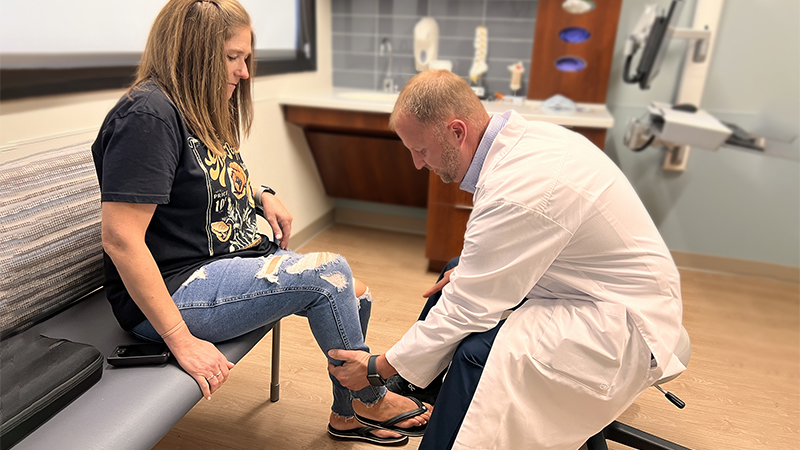‘Heart in a Box’ Transplant Is First of Its Kind in Illinois
Technology Expands Donor Heart Availability
Updated June 2023
On October 12, 2022, Jerry Dorsey, a 55-year-old resident of Champaign, Illinois, became the first person in the state to receive a heart transplant from a donor whose heart and lungs had stopped functioning (circulatory death).
Until recently, only hearts from donors who met strict criteria for brain death could be considered for donation. Other donors, who have also had severe brain injuries from which they would never recover but do not meet all of the criteria for brain death, could donate their liver or lungs, but not their heart. New technology like the TransMedics Organ Care System™ (OCS™), nicknamed "Heart in a Box," is changing that.
This is the biggest leap forward our field has taken.— Duc Thinh Pham, MD
This device restores blood flow to a donated heart and keeps it pumping outside of the body until it can be transplanted into a waiting patient. This makes heart donation after circulatory death (DCD) possible.
The groundbreaking transplant was performed by surgeons at Northwestern Medicine Bluhm Cardiovascular Institute. (Check out a video that takes you behind the scenes of this breakthrough transplant. Warning: This video includes some graphic images. Viewer discretion is advised.)
More Time and More Donor Options
Historically, transplant teams would place the donor heart on ice in a cooler to preserve it during transport. But the Heart in a Box device pumps warm, oxygenated blood through the heart while it is being transported, which makes time less critical.
"With standard storage on ice, we only have about four hours to get the heart from the donor to recipient. This fact greatly limits how far we can travel to retrieve an organ," says Benjamin S. Bryner, MD, associate director of Heart Transplantation and Mechanical Support, and director of the Expanded Donation Program at Bluhm Cardiovascular Institute. "With the OCS, we have up to 10 hours, which means we can travel further across the country. This is particularly valuable for our patients who are harder to match, now giving us more options to find their perfect match and get them the transplant they need."
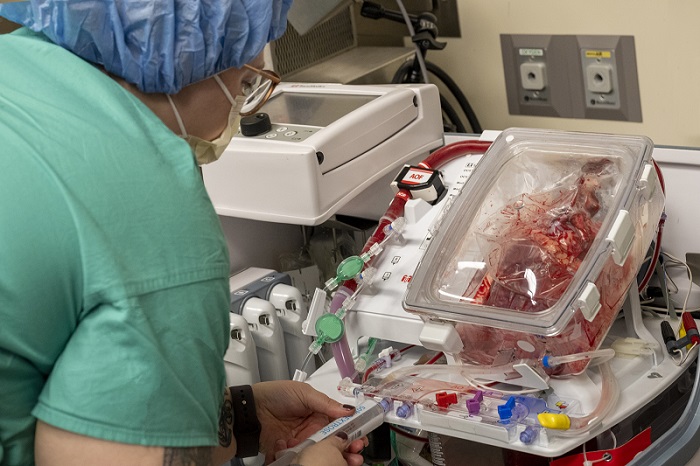
Better Insight Into Heart Health
The device also gives the transplant team greater ability to examine the heart's condition and assess its functionality. Surgeons can look for signs of injury or damage from coronary artery disease in a way that was not previously possible when the donor died from circulatory death.
"With this technology, we can examine the heart as it beats inside this device during transport, up until it is implanted, giving us a better view and more insight into its functionality, making it possible to perform DCD transplants," says Duc Thinh Pham, MD, director of Heart Transplantation and Mechanical Circulatory Support at Bluhm Cardiovascular Institute. "This gives us even greater confidence in an organ's viability for transplant and reassurance that it is going to be suitable for our patient."
More Transplants Means More Lives Saved
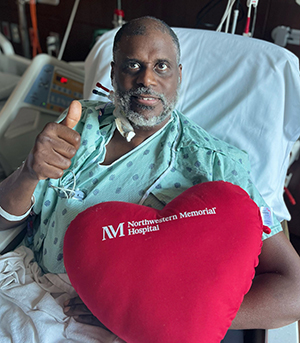
In the United States, more than 6 million people live with heart failure. Currently, the number of people waiting for transplant far outweighs the number of donor hearts available.
In 2021, more than 7,000 patients were on the heart transplant list in the United States. However, only about 3,800 heart transplants were performed in the same period, according to the United Network for Organ Sharing, due to the scarcity of available donor hearts.
An estimated 70% of donor hearts go unused annually. Technology and innovative techniques like DCD transplants could lead to a 30% increase in the number of hearts available for transplant, according to one study.
"In my 20 years as a transplant surgeon, this is the biggest leap forward our field has taken, and the best opportunity we've had to expand the number of available hearts," says Dr. Pham. "At Northwestern Medicine, we believe this approach will help us treat and serve more patients with end-stage heart failure. This is a very exciting opportunity to get more patients transplanted in less time, so they can get back to their lives and families."
Heart Transplant: From Discovery to Delivery
Dr. Bryner and Dr. Pham are authors on a study published in the New England Journal of Medicine that found that DCD heart transplants are as safe and effective as heart transplants using hearts from donors who experience brain death.
“We’re very encouraged by the results of this study and the implications it may have for increasing organ utilization and getting transplant organs for more patients,” says Dr. Pham “DCD heart transplants are becoming more common thanks to extracorporeal perfusion technology, like Heart in a Box, that resuscitates a stopped heart then keeps blood pumping through it until it can be transplanted into a waiting patient. Despite this recent growth, circulatory death donation still only accounts for a quarter of all deceased organ donations in the United States.”





